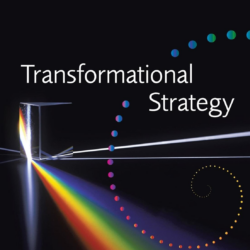Looking for a Summary of ToP Competencies?
What competencies does a successful ToP facilitator have?
ICA / ToP™ facilitator competencies include all those of the International Association of Facilitators and add many more that are particular to creating a culture of participation required of ToP™ facilitators.
ToP™ facilitator competencies are recognized internationally by ICA and by ToP™ networks around the world.
Manage Positive Client Relationships
Understand Client Needs – Assess client needs, apply process to content and clarify mutual understanding.
Create Appropriate Designs – Design customized facilitation plans toward a quality results.
Communicate Client Needs – Articulate client needs and plans in writing.
Effective Project Management – Appropriate marketing, management and financial systems.
Create a Participatory Environment
Communicate Effectively – Effective communication skills, rapport, active listening and feedback.
Create Positive Atmosphere – Encourage respect for experience and perception of diverse participants.
Resolve Group Conflicts – Mediate conflict and manage disruptive individual and group behaviour.
Implement Plans Effectively – Create and use facilitation procedures to engage the group in their task.
Evoke the Creativity of the Group
Understand Learning Needs – Assess learning styles and needs.
Apply Appropriate Approaches – Use learning approaches that best fit the group.
Elicit Group Creativity – Engage all participants, awaken group energy and encourage creative thinking.
Utilize Space and Time Effectively – Plan effective use of time, space, visuals and equipment.
Use ToP Methods Effectively
Conduct Great Conversations – Create 4 levels of questions and orchestrate focused conversations.
Do Productive Workshops – Use the ToP workshop method appropriately and effectively.
Reveal Depth and Substance – Combine various methods to reveal root issues and insights.
Illuminate Group Potential – Reveal the possibilities in every situation.
Orchestrate Quality Events
Manage Overall Process – Set clear context, use participatory processes and bring appropriate closure.
Ensure Dynamic Process – Keep the conversation moving, focused on the task and elicit wisdom.
Adapt to Group Needs – Adapt processes to fit the needs of the individuals and group.
Work Effectively with a Team – Demonstrate team values and co-facilitation.
Produce Effective Results
Apply Appropriate Methods – Apply appropriate methods to ensure task completion and results.
Clearly Document Results – Keep ongoing records of group work and produce quality documentation.
Develop Authentic Consensus – Enable the group to develop and articulate authentic consensus.
Prepare for Solid Implementation – Determine and enable the group to create implementation plans.





